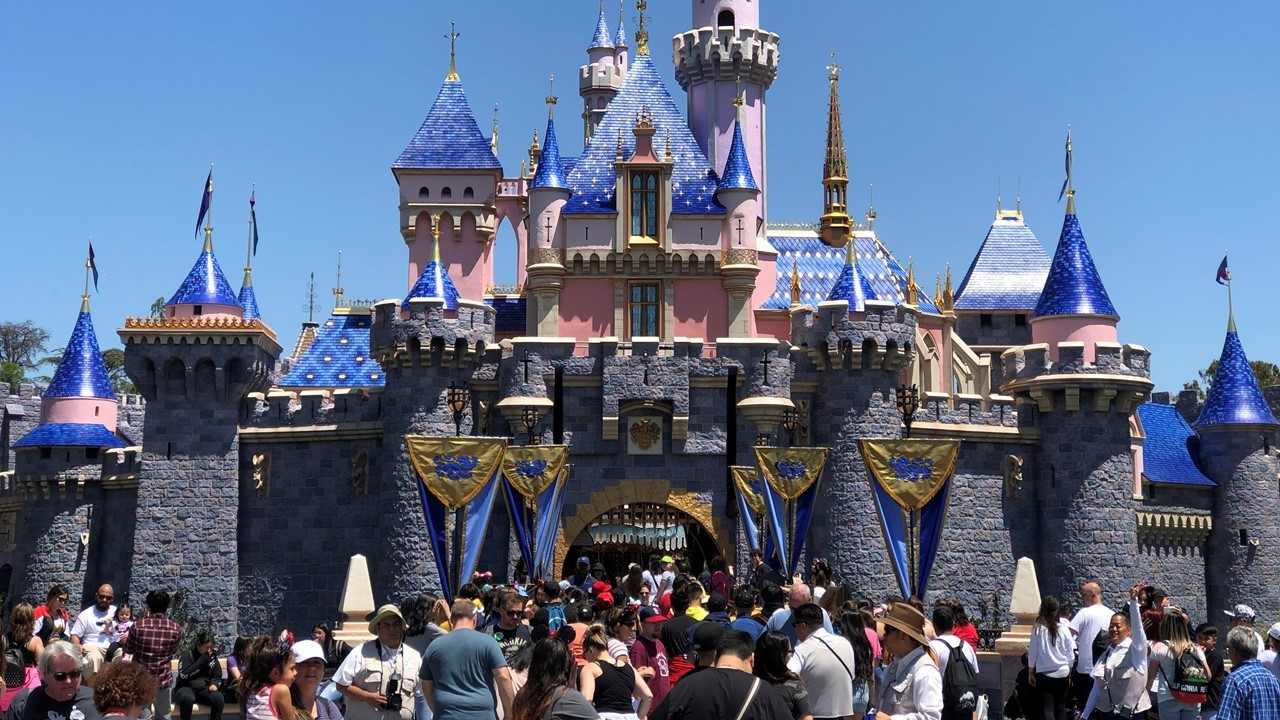By Judith Rubin
The conditions of growth
The basic conditions of themed entertainment sector growth are a reliable economy, a stable political climate and a thriving middle class. This is what made it possible for the attractions industry to leap forward in China. The presence of these conditions enables leisure markets to do well in any part of the world; their absence has the opposite effect. In the US, the shrinking middle class, economic troubles, political upheaval and social unrest all exert downward pressure on the leisure sector.
Leisure sector growth is vital to general economic growth. It is inextricably tied to jobs, tourism, travel, retail, regional development, infrastructure development, the arts and more. Each of those areas in turn helps keep all kinds of support industries, businesses and activities going – for instance, the ones we focus on regularly at InPark, such as design, construction, AV, entertainment, production, tech, education, R&D and nonprofit associations.
Unfortunately (but not surprisingly) right now the biggest announcements from Disneyland are that the park has opened up its Toy Story parking lot for covid vaccinations, and that it has suspended its annual pass program. This is a glaring reminder of current crises – and yet, we’re still hearing urgent calls from fans for the park to reopen, however improbable or impractical that may seem.
Disneyland being closed is a potent symbol of loss. If it could fully reopen, we could feel reassured, that things were going to be OK. Walt Disney’s pioneering achievement, now marking its 65th anniversary, launched the modern themed entertainment industry. It was born of the conditions outlined above: economic growth, political stability and an expanding middle class, where discretionary income and leisure were within reach of a significant portion of the general public.
As we struggle toward recovery we are also, hopefully, evolving a better industry that is ever more inclusive, culturally and socially. If we are to fully recover and return to the path of growth once the pandemic is under control, we need the conditions that support hope and optimism on multiple levels.
Before you hit Send…
There’s another, relevant issue very much in the spotlight today: messaging. As publishers and content marketers at InPark, this is something on which we spend a lot of thought.
To fill the communications void of a pandemic where in-person meetings haven’t been possible, the business community has fully embraced digital tools over the past year. Unfortunately, we can’t text the leisure sector back to prosperity, and at this writing (late January 2021) most of the world is facing several more months of relative isolation, before the anticipated return to something like business as usual.
What we can do is position ourselves for recovery. Now is, therefore, an ideal time to think about messaging, and what form messaging should take. Broadly speaking, I see our current digital industry landscape in two streams: online conversations and presentations that are replacing what we aren’t able to do in person (podcasts, webinars, virtual conferences, etc.) and sharing on social media platforms of traditional statements and announcements (job listings, press releases, RFPs, product news, articles…)
Speaking directly to others via social media and digital channels has great value and impact, especially in our relationship-based industry and especially when we can’t gather in person. But in these times of itchy Twitter fingers and impulsive declarations, let’s not lose sight of the need for – and importance of – the official, measured, objective statement that takes time and thought to put together, and instills trust and credibility. Such a process compels you to take a step back, to wait and consider before hitting Send.
A well-crafted announcement or statement is one that has been discussed, reviewed and revised, benefiting from layers of input. The platform, intent, voice, occasion, brand, target audience, veracity, legal implications and where the statement is originating should all be taken into consideration. A corporation or publicly held company’s statement will have been reviewed by people in legal, marketing, board of directors, etc. with the goal of ensuring that the messaging is on target. Ideally, every such statement goes through a review process to ensure objectivity and targeted messaging and responsible communication. That’s how you roll out a product, make an announcement or share new information in a way that fosters trust and confidence.
In such a process, the industry press also has a role. As a company has professional responsibility to its customers, the press likewise has responsibility to its audience. When a story is delivered through the medium of an established media outlet with high editorial standards, it gains credence and punch.
I share these thoughts in an attempt to see our industry’s workings in a meaningful light with respect to some aspects of current events. Without a doubt, there are more areas needing attention besides the two things I’ve focused on here. We can’t know exactly what our industry will be like as it recovers, but as we move ahead into the next phase of this pause and set goals and priorities, as we think about how to present ourselves in the post-pandemic recovery, we have plenty to look back upon, learn from, and strive for. In our role as industry press, we at InPark strive to be part of the solution.

Judith Rubin ([email protected]) is Editor of InPark Magazine. She is a leading journalist, publicist, strategist, blogger, content marketing specialist and connector in the international attractions industry. Judith has ties to numerous industry organizations, and has edited the annual TEA/AECOM Theme Index and Museum Index since 2006. She is a recipient of the TEA Service Award.
IMAGE: Sleeping Beauty Castle, Disneyland, 2019. Author: CrispyCream27. Published under CC BY-SA 4.0 license. https://commons.wikimedia.org/wiki/File:Sleeping_Beauty_Castle_2019.jpg






